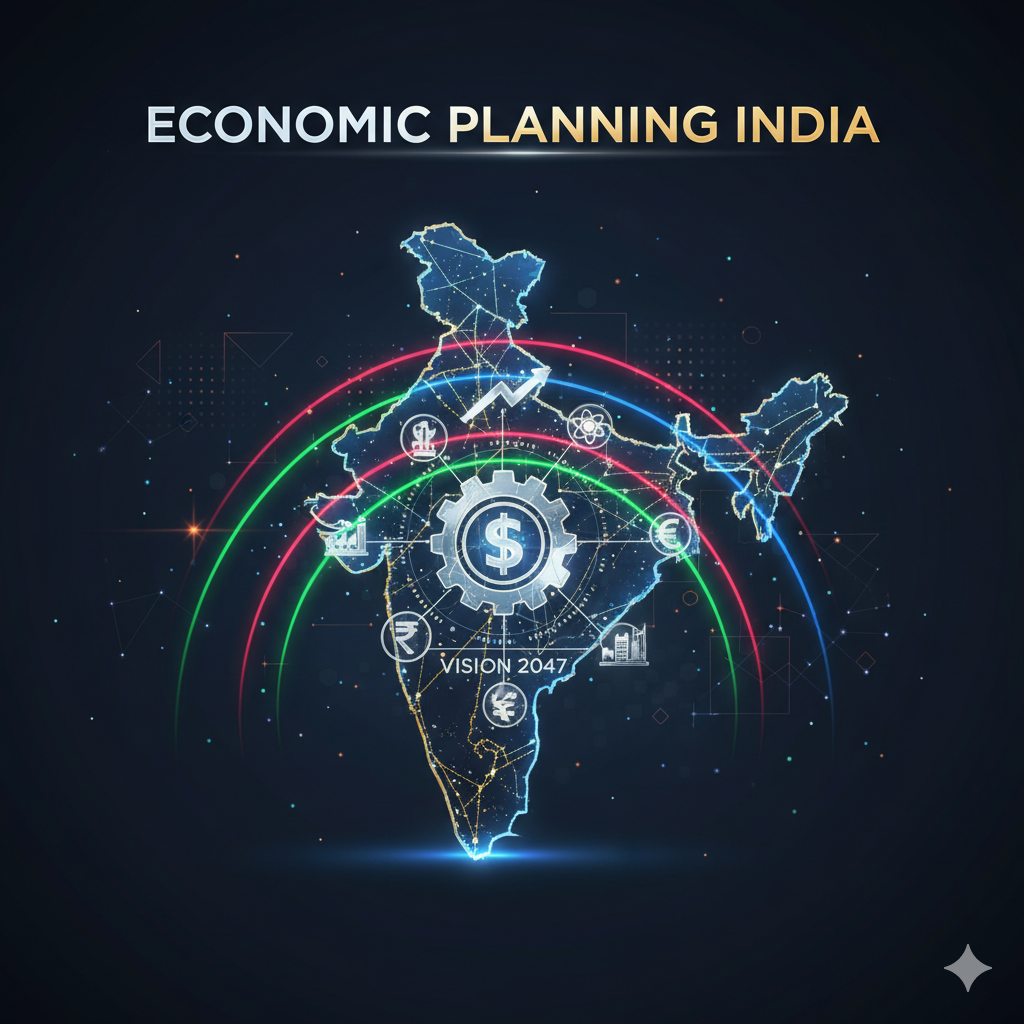Introduction
The Smart City Mission, launched by the Government of India in 2015, is an urban renewal and retrofitting program aimed at developing 100 cities across the country into sustainable and citizen-friendly urban centers. The objective of the mission is to enhance the quality of life through infrastructure development, efficient governance, and the adoption of smart solutions for urban management. In Uttar Pradesh, several cities, including those from Eastern Uttar Pradesh, have been selected under this initiative to drive holistic development.
Objectives of the Smart City Mission
- Urban Infrastructure Improvement – Modernizing roads, water supply, sewage systems, and transportation networks.
- Technology Integration – Implementation of digital governance, surveillance systems, and smart traffic management.
- Sustainable Development – Adoption of eco-friendly measures, including renewable energy and waste management.
- Economic Growth – Enhancing job creation and boosting commercial activities.
- Citizen Participation – Engaging people in decision-making through e-governance platforms.
- Efficient Resource Utilization – Promoting smart energy grids and better land use.
Smart Cities of Eastern Uttar Pradesh Under the Mission
Several cities from Eastern Uttar Pradesh have been selected under the Smart City Mission. The key ones include:
- Varanasi
- Prayagraj (Allahabad)
- Gorakhpur
- Bareilly
Each of these cities has its own unique characteristics and developmental plans under the scheme.
1. Varanasi – The Cultural and Religious Hub
Key Features and Developments:
- Urban Mobility: Smart traffic signals, intelligent transport systems, and e-rickshaws for last-mile connectivity.
- Riverfront Development: Cleaning and beautification of ghats along the Ganga River.
- Waste Management: Introduction of solid waste processing plants and modern waste collection techniques.
- Digital Initiatives: Installation of Wi-Fi hotspots, e-governance portals, and city surveillance cameras.
- Tourism Enhancement: Infrastructure improvement around temples and heritage sites, including LED street lighting and visitor information centers.
- Renewable Energy Projects: Deployment of solar panels across public buildings and along riverbanks.
2. Prayagraj – The Confluence of Tradition and Modernity
Key Features and Developments:
- Smart Water Management: Advanced water distribution and sewage treatment plants.
- Kumbh Mela Infrastructure: Development of temporary smart city facilities for managing the massive crowd during religious gatherings.
- Digital Integration: Smart classrooms, online grievance redressal systems, and a city mobile app for services.
- Public Transport Enhancement: Introduction of GPS-enabled buses, e-bikes, and improved road networks.
- Waste Disposal Systems: Implementation of door-to-door garbage collection and smart bins.
- Energy Efficiency: LED lighting in public spaces and solar energy initiatives.
3. Gorakhpur – The Emerging Economic Center
Key Features and Developments:
- Disaster Management: Improved flood control systems and efficient drainage infrastructure to tackle recurring floods.
- Healthcare Modernization: Expansion of medical facilities, telemedicine services, and AI-driven diagnostic tools.
- Smart Education: Digital classrooms, e-learning platforms, and improved public libraries.
- Green Spaces: Development of urban parks and green belts for environmental balance.
- Industrial Growth: Promotion of new business hubs and IT parks to boost employment opportunities.
- Traffic Regulation: Smart traffic signals and an integrated transport system to reduce congestion.
4. Bareilly – Strengthening Urban Livability
Key Features and Developments:
- Smart Governance: Digital governance initiatives, online service portals, and public grievance redressal systems.
- Transportation Improvement: Introduction of smart parking solutions and road widening projects.
- Water Resource Management: Revamping of old water bodies and improvement in drinking water supply systems.
- Heritage Conservation: Restoration of historical sites and cultural tourism promotion.
- Waste Management: Recycling plants and systematic garbage disposal systems.
- Renewable Energy Adoption: Installation of solar-powered streetlights and grid connectivity for sustainable energy consumption.
Challenges and Future Prospects
Challenges:
- Implementation Delays: Bureaucratic hurdles and slow execution of projects.
- Funding Constraints: Dependence on government funds and limited private investment.
- Public Awareness: Lack of citizen participation in smart city initiatives.
- Infrastructure Bottlenecks: Existing urban congestion and outdated facilities hindering progress.
- Environmental Concerns: Rising pollution levels and deforestation due to rapid urbanization.
Future Prospects:
- Expansion of Smart Initiatives: Introduction of AI-based traffic monitoring and digital health systems.
- Increased Public-Private Partnership (PPP): Encouraging corporate investments in smart city projects.
- Sustainability Measures: Focus on rainwater harvesting, green building designs, and electric vehicle adoption.
- Employment Opportunities: Development of new industries and digital job sectors.
- Enhanced Citizen Engagement: Encouraging public participation through smart apps and feedback mechanisms.
Conclusion
The Smart City Mission is playing a transformative role in the urban landscape of Eastern Uttar Pradesh. Cities like Varanasi, Prayagraj, Gorakhpur, and Bareilly are witnessing significant improvements in infrastructure, digital connectivity, environmental management, and public services. While challenges remain, a sustained focus on technology, governance, and sustainability will pave the way for a modern and resilient urban ecosystem in the region. The success of these initiatives will depend on effective policy implementation, stakeholder collaboration, and active citizen participation.




